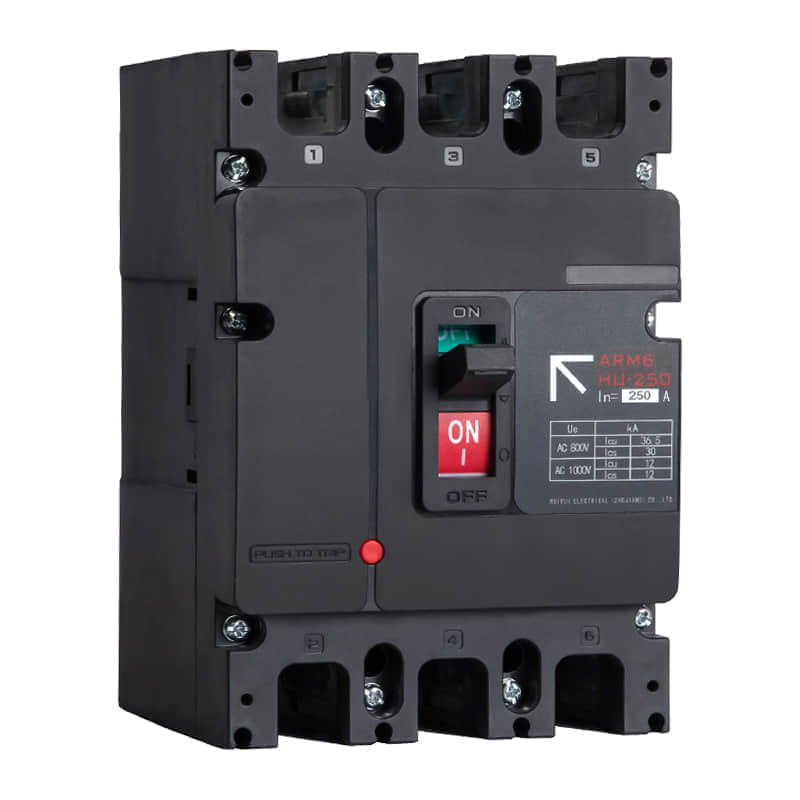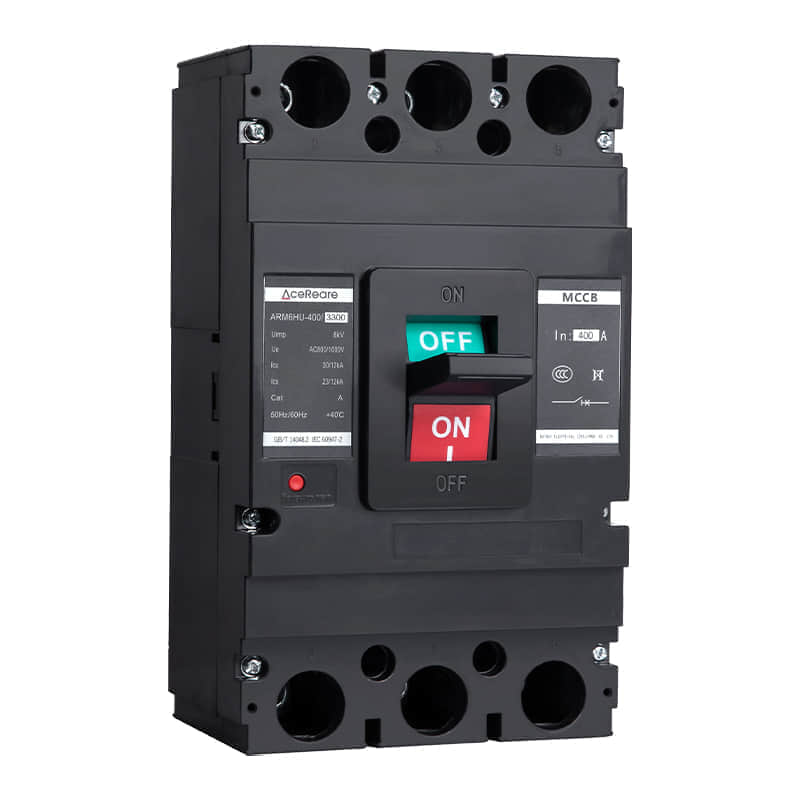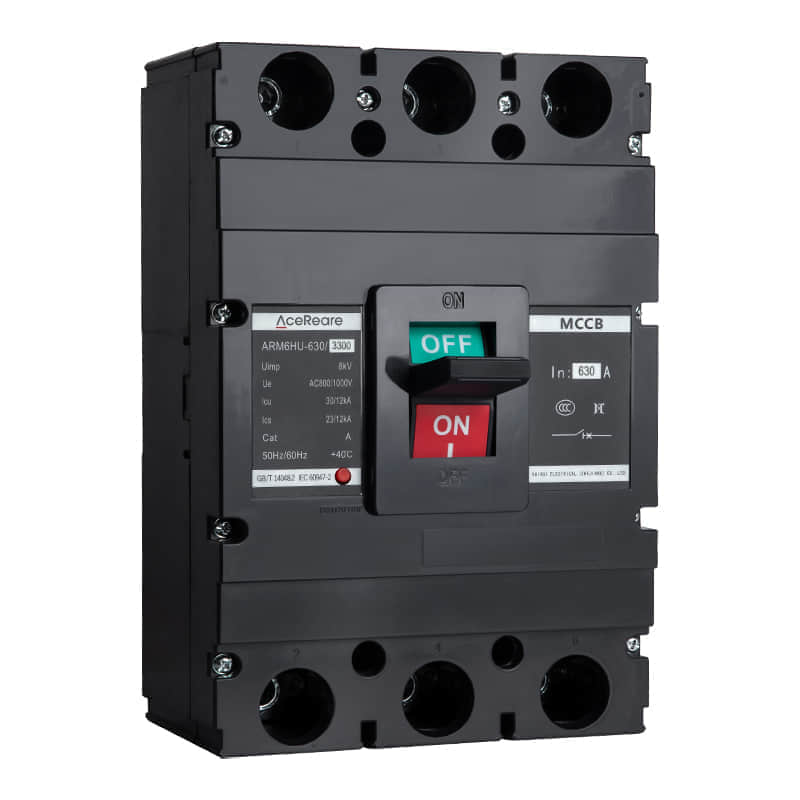Molded case circuit breakers (MCCBs) are indispensable components in the realm of electrical distribution and protection. These devices play a pivotal role in ensuring the safety and reliability of electrical systems across a multitude of applications. In this article, we will delve into the world of MCCBs, exploring their functions, benefits, and the crucial role they play in modern electrical engineering.

I. Introduction

MCCBs are electromechanical devices designed to protect electrical circuits from overcurrents and short circuits. They are constructed within a sturdy, thermosetting plastic case, which not only provides robust insulation but also enhances their durability. The primary function of an MCCB is to interrupt the flow of electricity in the event of a fault or overload, preventing damage to electrical equipment and, most importantly, mitigating the risk of electrical fires. II. How MCCBs Work At the heart of an MCCB is an electromechanical trip unit that continuously monitors the current passing through the circuit. When the current exceeds a predefined threshold, the trip unit triggers the breaker to open, effectively cutting off the electrical supply. This instantaneous response is critical in averting potentially catastrophic incidents, such as electrical fires and equipment damage. III. Benefits of MCCBs Enhanced Safety: MCCBs are designed to handle high current levels, making them suitable for a wide range of applications, from residential buildings to industrial plants. By promptly disconnecting the power supply during faults, they prevent electrical accidents and fires. Flexibility: MCCBs come in various sizes and ratings, allowing for customization to suit specific applications. This flexibility ensures that the right level of protection is provided for diverse electrical systems. Durability: The molded plastic casing of MCCBs not only enhances insulation but also protects the internal components from environmental factors, ensuring a longer operational lifespan. Ease of Maintenance: MCCBs are relatively easy to install and maintain. Regular testing and inspection can identify potential issues before they become critical, reducing downtime and repair costs. Cost-Effective: Despite their advanced protection capabilities, MCCBs are cost-effective solutions for electrical circuit protection. Their reliability and longevity make them an excellent investment for any application. IV. Applications MCCBs find application in various sectors, including: Residential: They protect home circuits from overloads and short circuits, ensuring the safety of residents and their property. Commercial: MCCBs are commonly used in commercial buildings to safeguard lighting, HVAC systems, and other electrical equipment. Industrial: In industrial settings, where electrical systems can be complex and demanding, MCCBs provide essential protection for critical machinery and processes. Renewable Energy: MCCBs are integral to the protection of solar and wind power systems, guaranteeing safe and efficient energy generation. V. Conclusion In conclusion, molded case circuit breakers are unsung heroes in the world of electrical engineering. Their ability to swiftly respond to overcurrents and short circuits ensures the safety of both people and property. With their flexibility, durability, and cost-effectiveness, MCCBs have earned their place as essential components in electrical systems across the globe. As technology continues to advance, MCCBs will undoubtedly evolve to meet the ever-increasing demands of modern electrical engineering, further solidifying their position as guardians of electrical systems.
